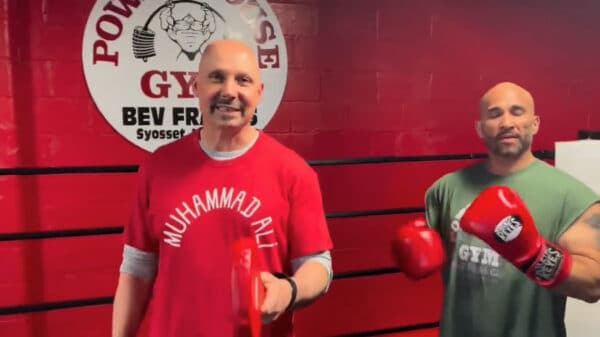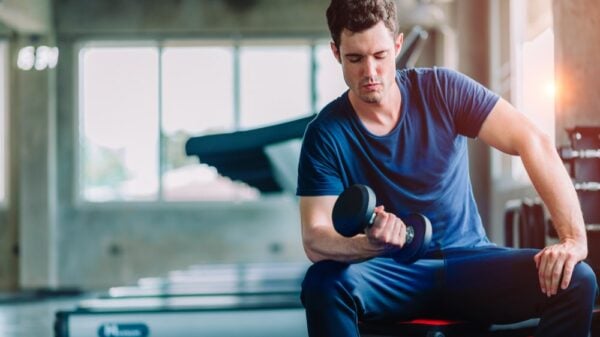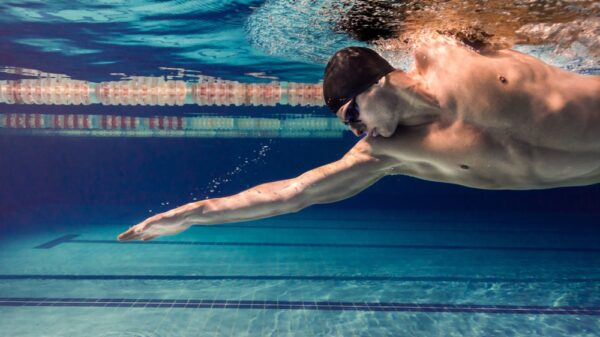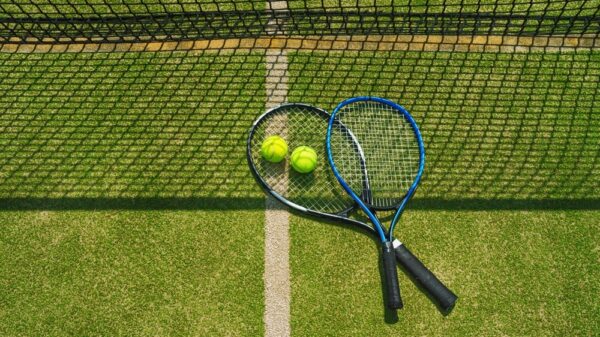When it comes to combat sports, offense tends to steal the limelight, but defense plays an equally critical role in achieving success. Three-time world kickboxing champion Derek Panza emphasizes the importance of defensive techniques, sharing his insights on the “block and counter” method in a recent demonstration. Partnering with IFBB Pro League bodybuilder and former professional boxer Marco Rivera, Panza illustrated the technique’s intricacies and effectiveness.
Executing the Block and Counter Technique
Panza explains that timing is crucial when executing the block and counter technique. “The theme remains consistent across various counter-strike techniques: they need to be instantaneous,” he states. Many practitioners tend to delay their counter action after blocking, which can be detrimental. The two movements should occur in unison, almost as if they are one continuous motion.
Understanding Timing and Reaction
For example, when Panza throws a left hook aimed at Rivera’s neck and jaw, Rivera must react immediately by blocking and then returning with his own left hook. Panza highlights the importance of this quick response: “If he hesitates or pauses, I’ll likely have already launched my right hand before he can strike back.” This underscores the necessity for a combat athlete to be conditioned to respond quickly, essentially training their instincts for rapid reactions.
The Role of Combinations in Combat
Combat sports are rarely about executing one singular strike; they often involve a series of combinations. Panza notes that fighters are trained to recognize and perform these combinations, which can often serve as game-changers in a bout. By effectively blocking an incoming strike, an athlete has the potential to initiate their own series of attacks, thus altering the fight’s dynamics.
Subtle Movements Make a Big Difference
Notably, Panza discusses the impact of subtle movements on the effectiveness of the technique. During their demonstration, he observed Rivera’s tactic of dipping his right shoulder and hip. This motion allows Rivera to absorb incoming strikes more effectively as it acts like the shock absorbers in a car. As Rivera coordinates his body mechanics, the power for his counter punch originates from his coiled hip, shoulder, and thigh, engaging larger muscle groups for greater force.
Maximizing the Effectiveness of Your Punches
During their session, Panza and Rivera explore various nuances that can amplify the punch’s effectiveness that follows a block. Learning through such demonstrations provides invaluable insights for both novices and experienced athletes alike. Panza’s techniques not only highlight the necessity of defense but also the skill required to transition smoothly from blocking to counterattacking.
For more expert tips and techniques from Panza, check out the Muscle & Fitness YouTube channel.
































